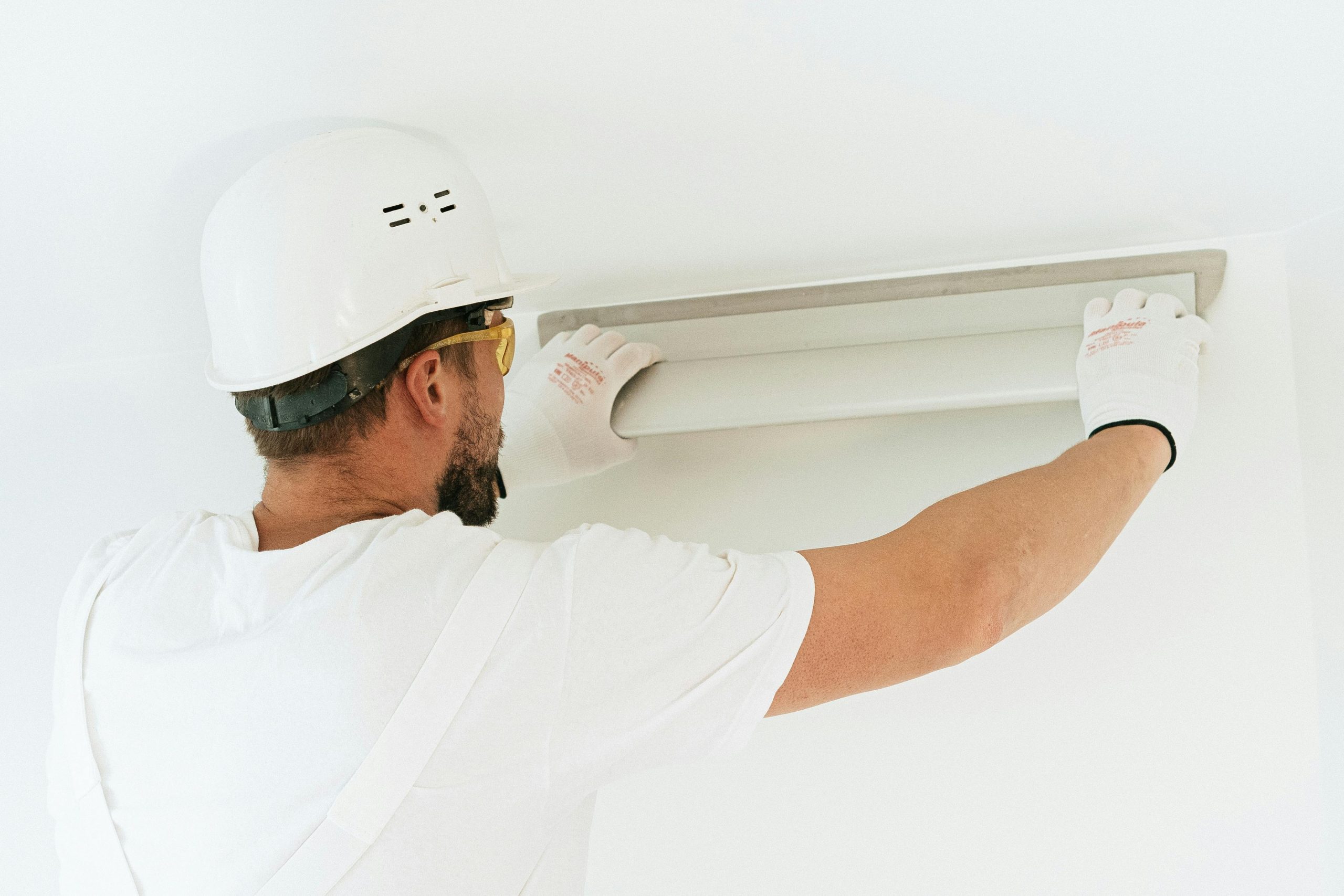Troubleshooting Non-Spinning Hard Drives in a Home NAS Setup: A Case Study
Introduction
Building a reliable home network-attached storage (NAS) system can be a rewarding project, but it often comes with unexpected challenges. One common issue faced by enthusiasts is hard drives that do not spin up or appear in the system BIOS, leading to frustration and debugging headaches. This article examines a real-world scenario of troubleshooting a non-spinning 14TB refurbished Seagate IronWolf drive in an unRAID-based NAS setup, offering insights and solutions for similar situations.
System Overview
The user’s custom NAS was built using an older PC components, including:
– Graphics Card: NVIDIA RTX 2080
– Processor: Intel Core i9-9900K
– Memory: 32GB DDR4 RAM
– Motherboard: Gigabyte AORUS Z390 Master
– Storage Devices:
– 250GB NVMe SSD
– 1TB SATA SSD
– 2TB Seagate IronWolf NAS drive
– Power Supply: Corsair RM650
The goal was to expand storage with a new 14TB refurbished IronWolf drive.
Initial Problem
After installing the new 14TB drive, it failed to spin up and was not detected in the BIOS. Several troubleshooting steps were attempted:
– Using existing SATA cables for testing
– Replacing SATA data and power cables with new ones
– Reconnecting to the same cables used by working drives
Despite these efforts, the new drive remained unrecognized. Interestingly, the working drives continued to function normally.
Further Testing
To determine whether the drive was defective, the user connected the 14TB drive via a SATA-to-USB adapter with its own 12V power supply. In this configuration, the drive powered up immediately without issues, suggesting the drive itself was not DOA.
Analysis
The core issue is that the new drive does not spin up when connected internally, despite appearing functional externally. Several potential causes include:
– Power supply limitations or issues
– Incompatibility or faulty SATA ports/modes
– BIOS configuration settings
– Drive firmware or hardware faults
Recommended Solutions
- Power Supply Verification
- Ensure the PSU can comfortably provide enough current on the 12V rail.
-
Test with a different power connector or a different power supply if possible.
-
SATA Port and Cable Checks
- Use alternative SATA ports on the motherboard to rule out port issues.
–
Share this content:

